Coming into this class, I don’t think I had many preconceived notions, but rather didn’t know very much about the cultures of Africa, Oceania, North America, and Mesoamerica, outside of the little experience I’ve had with movies, television, photographs, and general overviews in other classes. It’s difficult not to base an opinion on what information you do have, even if there is little of it. Its interesting to consider the ways in which one can misunderstand or judge things like those of other cultures, particularly those that are non-Western, by giving blanket statements about “primitiveness” or “uncivilized” aspects. But it is possible to go in the opposite direction, and value things that one doesn’t understand the significance of, or in a way that actually disrespects the people of those cultures, or that is meant more as a rejection of another culture, rather than for preference of another. That can happen in the case of the Hopi masks, that are sold as artwork, when they were not made as “art”. It is fine to value and find beautiful the cultures and their art and productions, just as it is okay to not find them appealing. But I think the key is to attempt and understand the context, as I feel I’ve begun to do in Art 1G.
During the semester, I have learned a lot about the tradition of the “art” objects- which were not made with the intention of being “art”-, and respect for those traditions, that allowed the methods and styles to continue unchanged; which is unique compared to the art of the Western world, that is often made specifically as art, and, at least in the modern era, seems to consistently evolve. The objects, like African masks, Pacific Northwest totem poles, and other material things, were made with specific purposes, related to culture, religion, and customs, that were central to the cultures’ lives and continuation, rather than as first as decorative objects meant to be visually pleasing. The distinctness of the architecture, sculptures, masks, divination objects, self-decoration, and other features was surprisingly visible between the tribes of similar regions, as well as across continents. That sense of regionalism is so refreshing to see, and reminds me of the value of that regionalism in things like art, architecture, clothing, and food, that also existed among the Catholic countries of Europe and other places in the world for some time, and that I hope continues. That distinctness and variety is necessary in many aspects of life, I believe, and while the world can be connected and have things in common, to lose that variety in our own time would be a loss.
It has been a pleasure to see so many examples of African, Oceanic, and American art, and I’m happy to have taken Art 1G.
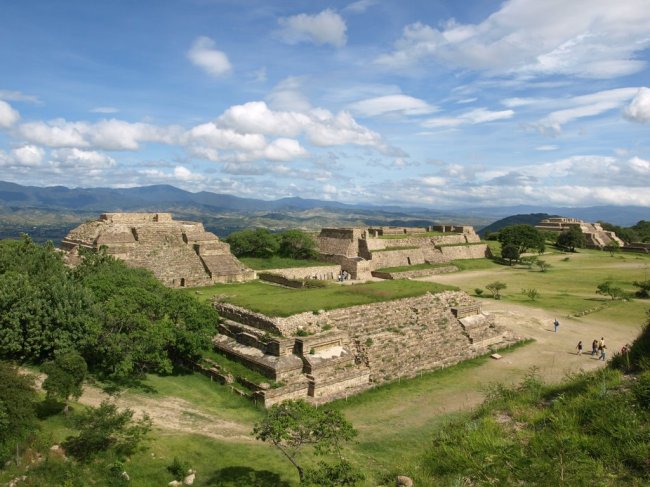
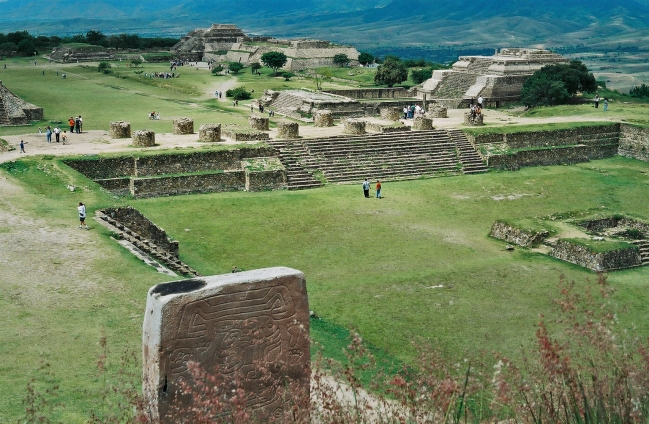


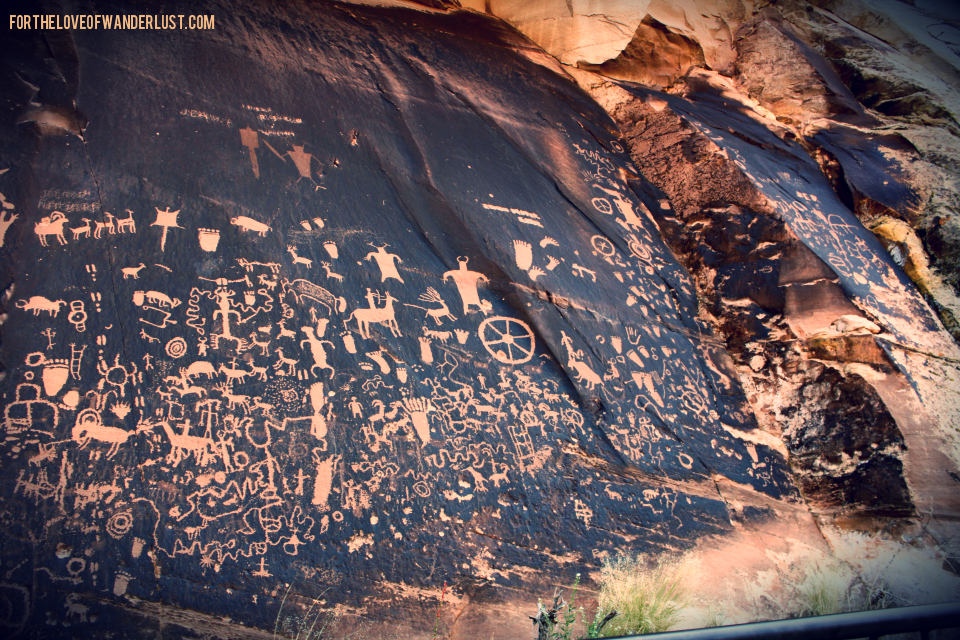
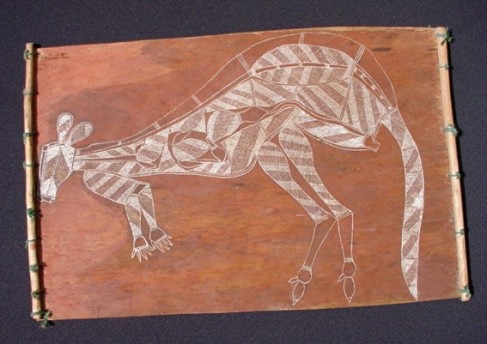

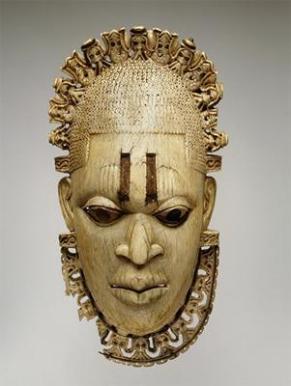
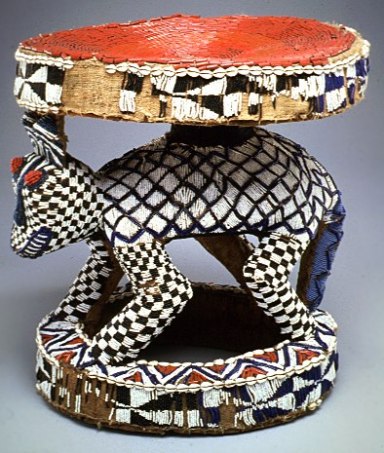
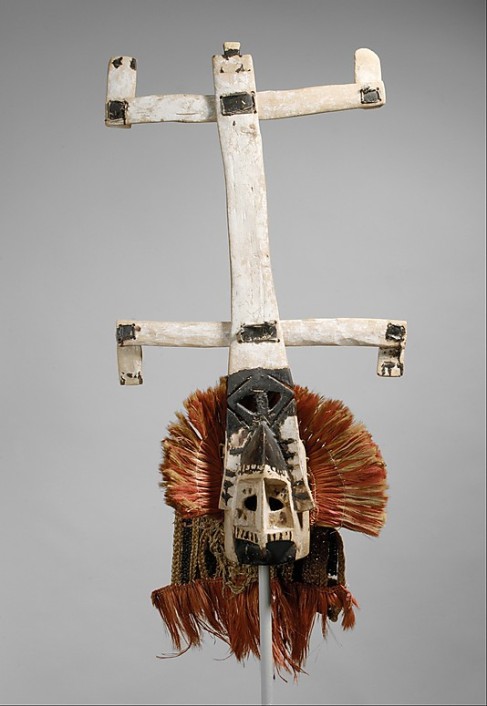
Recent Comments